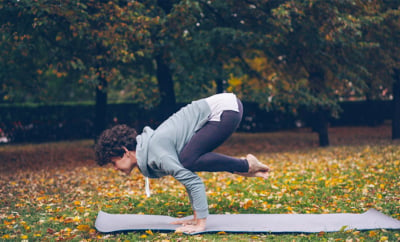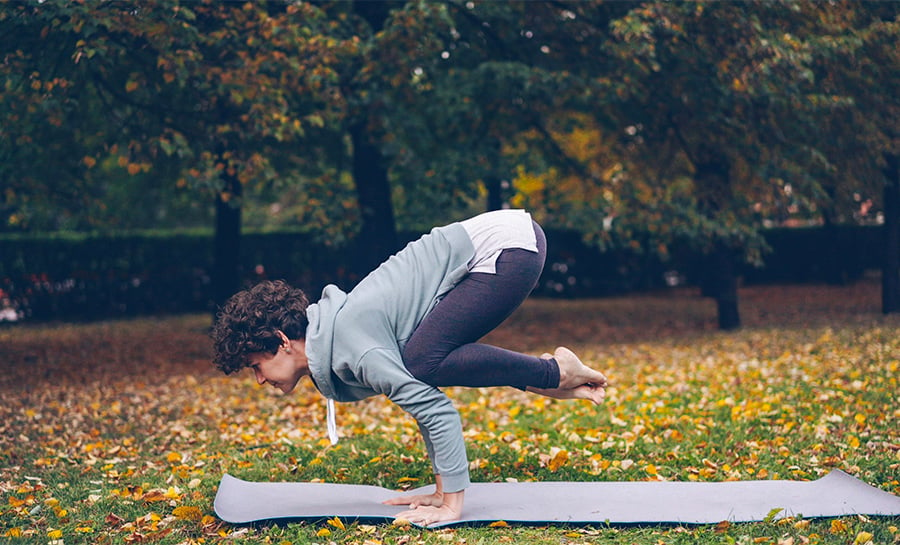9 Powerful Mudras to Add to Your Yoga and Meditation Practice

9Mudras Feature
Yoga mudras are hand gestures or energetic seals to stimulate the flow of energy throughout the body and to inspire focus and concentration within.
Originally discovered in ancient sculptures and paintings, mudras are now celebrated and practiced in modern-day yoga classes across the world.
Images of the Great Buddha and Hindu deities like Shiva, Ganesha, and Lakshmi depict yoga mudras that signify certain messages or themes of Buddhism and Hinduism, respectively.
Like asanas for your hands, these physical formations are intended to elevate your yoga and meditation practice to a higher level of consciousness.
Here Are 9 Yoga Mudras to Incorporate Into Your Practice:
Here is a list of a few more commonly practiced yoga mudras, their meanings, and ways to incorporate them into your own practice.
1. Padma Mudra (Lotus Mudra)

The lotus flower is an iconic symbol in yoga as it demonstrates how beauty can grow from the darkest of places.
Padma means lotus in Sanskrit and this yoga mudra represents purity and perseverance of the lotus flower. Practice this mudra to awaken the light within.
How to Practice Padma Mudra:
- Connect the heels of your hands together with your thumbs resting at heart center
- Draw the pinky fingers to touch away from your heart center
- Separate the rest of your fingers and open your palms as you imagine a lotus flower blossoming in front of you!
2. Prana Mudra (Life Mudra)
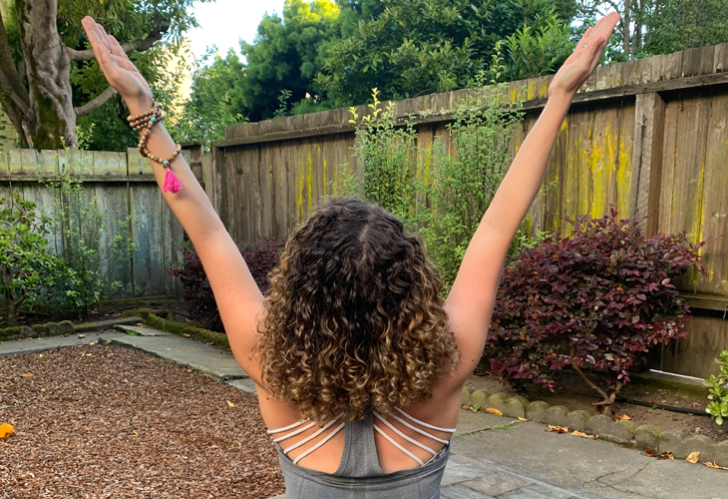
Prana translates to life or energy in Sanskrit so this mudra helps stimulate energy in your body and your surrounding energetic field. Practice this mudra when you’re feeling tired or lethargic and awaken the energetic being within!
How to Practice Prana Mudra:
- Raise your arms overhead
- Create a V shape with your arms and extend your fingers
- Soften your shoulders and lift your gaze upward!
3. Jaya Mudra (Victory Mudra)

In Sanskrit, Jaya means victory and this yoga mudra honors the completion or ending of something. Practice Jaya Mudra when celebrating an achievement or a moment of success in your own life!
How to Practice Jaya Mudra:
- Raise your arms overhead
- Bend your elbows wide and draw your hands to touch in a prayer shape
- Relax your shoulders and breathe
4. Gyana Mudra (Wisdom Mudra)
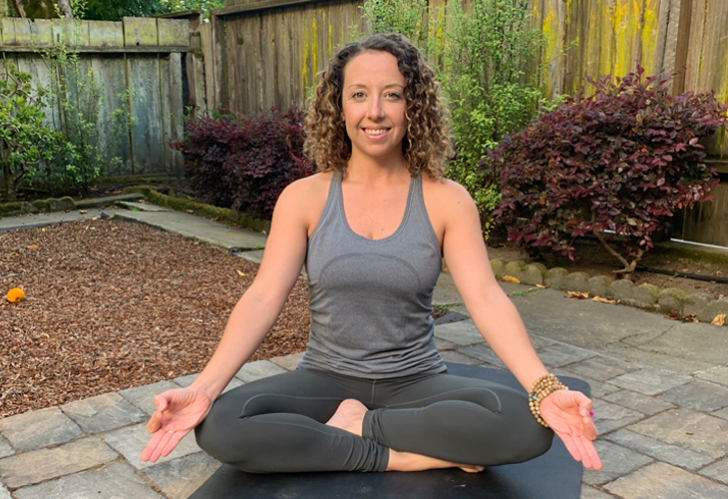
Gyana means knowledge in Sanskrit so this gesture is widely known as the Wisdom Mudra. This yoga mudra reminds us of the knowledge and wisdom within all of us.
Practice this mudra to help sharpen your memory and focus on days when you feel distracted or absent-minded.
How to Practice Gyana Mudra:
- Connect the tips of your thumbs to the tips of your index fingers
- Draw your remaining fingers together and extend them away from your palms
- Turn your palms upward to increase your energy or downward to calm your nerves
5. Dhyana Mudra (Meditation Mudra)
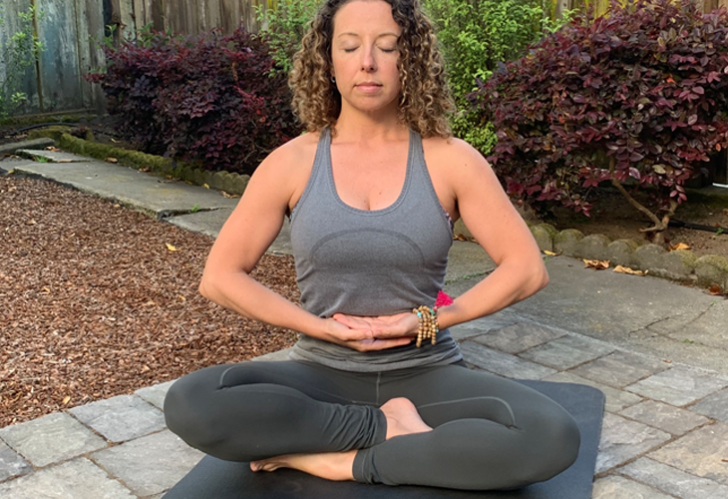
One of the steps to Patanjali’s Eight Limbed Path of yoga, Dhyana represents meditation and is the last step before achieving enlightenment.
Dhyana Explained: The Seventh Limb of the Yoga Sutras and the Final Step Toward Meditation
This hand-gesture is often used in meditation to promote concentration and healing. Practice this yoga mudra as you sit and simply be with what is.
How to Practice Dhyana Mudra:
- Come to a comfortable seated position, with both hands facing up
- Place your left palm on top of your right palm and bring your thumbs to touch
- Rest your hands in your lap or at your naval center
6. Anjali Mudra (Prayer Mudra)

Probably the most common of all the modern-day yoga mudras, Anjali Mudra involves placing your hands in prayer at the heart center. In Sanskrit, Anjali means “to offer” so it is often used to set an intention or as a gesture of offering during practice.
Practice this mudra at the beginning and/or at the end of a yoga class with an accompanied chant of Om and a salutation of “Namaste.”
Why We Combine Namaste and the Anjali Mudra in Our Yoga Practice
How to Practice Anjali Mudra:
- Bring your hands to touch at the center of your chest
- Press your hands firmly together in a prayer shape
- Gently press your thumbs into your sternum, relax your shoulders, and bow your head slightly
7. Kali Mudra (Power Mudra)

Kali, named after the fierce goddess of destruction, represents strength and empowerment. Use the Power Mudra to build strength and to feel empowered in your practice.
How to Practice Kali Mudra:
- Interlace your fingers together except your index fingers and thumbs
- Connect your index fingers to touch and point them straight to the sky
- Cross your thumbs at heart center and gently press into your sternum
8. Vajrapradama Mudra (Thunderbolt Mudra)
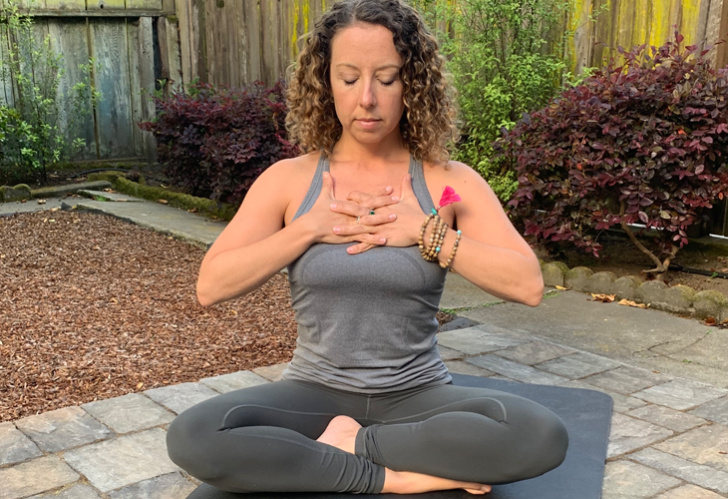
Vajrapradama means “Unshakeable Trust” in Sanskrit so the Thunderbolt Mudra builds confidence and delivers truth. Practice this yoga mudra in times of self-doubt and trust the process.
How to Practice Vajrapradama Mudra:
- Interlace all your fingers (except your thumbs) together
- Turn your palms to face inward and extend your thumbs wide
- Place your palms to rest at the center of your heart
9. Abhaya Mudra (Fearlessness Mudra)
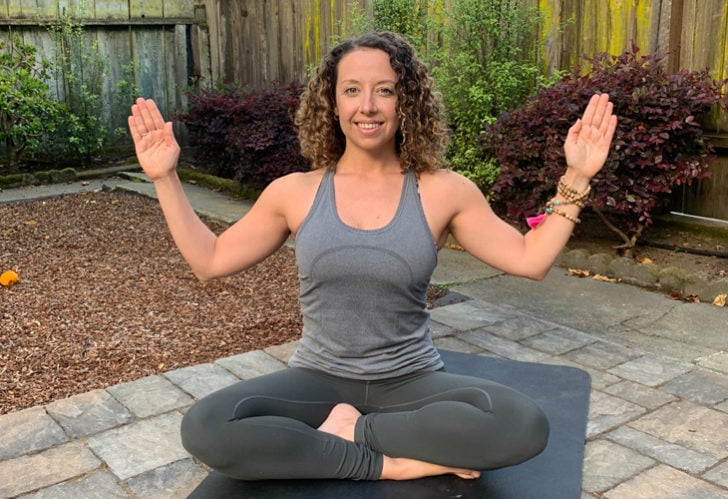
In Sanskrit, Abhaya means fearlessness. This yoga mudra dispels fear and represents protection. It teaches patience and humility. Use this mudra to overcome fear and to ultimately be at peace.
How to Practice Abhaya Mudra:
- Raise your arms wide out to the sides
- Bend your elbows to bring your hands to shoulder height
- Connect your fingers to touch and turn your palms to face forward
Want to learn more about yoga mudras? Learn these Common Mudras, Their Meaning, and How to Practice Them
The Takeaway on Yoga Mudras
This list of yoga mudras is a small sampling of the countless mudras celebrated and practiced throughout history.
Practice these mudras during meditation or incorporate them during your yoga asana practice to welcome a more meditative state of mind. Namaste!


This Month's Letter
From the Editor
Monthly motivation and food for
thought from our founder.








